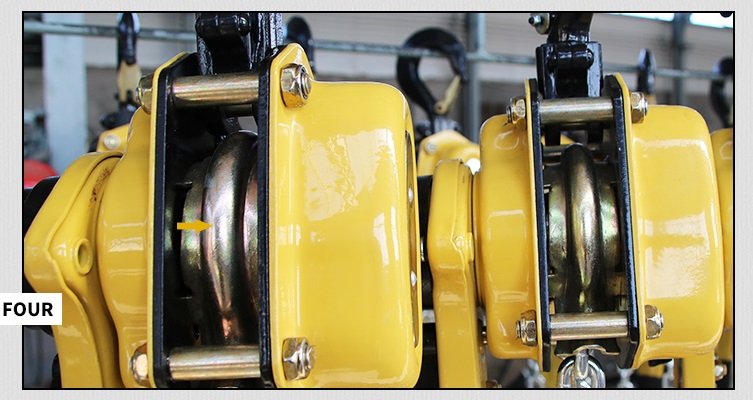Discover Reliable Hoisting Equipment for Every Application
Hoists are essential for lifting heavy objects with precision and safety. Whether you’re in construction, manufacturing, or any industry that requires the movement of heavy materials, a hoist is a powerful tool that makes lifting and lowering tasks easier, faster, and safer.

Applications of Hoists
Hoists are indispensable tools used in various industries to lift and move heavy loads.
- Industries that benefit from hoists (construction, automotive, warehouses).
- Specific tasks or projects where hoists are essential.
Hoist Maintenance and safety
Maintaining your hoist is not just about prolonging its lifespan; it’s about ensuring the safety of everyone involved in lifting operations.
Regular Inspections
chedule routine checks at least once a month. Look for signs of wear and tear, such as frayed cables, rust, or damaged components. Early detection can prevent serious issues down the line.
Functionality Tests
Conduct functionality tests to ensure that all controls operate smoothly. Test the emergency stop feature regularly to confirm it works effectively.
Lubrication
Ensure that all moving parts are adequately lubricated according to the manufacturer’s guidelines. Proper lubrication reduces friction and wear, enhancing the hoist's performance and longevity.
Load Testing
Periodically perform load tests to verify that the hoist can handle its rated capacity safely. This should be done under controlled conditions by trained personnel.
Importance of Safety Practices
Safety should always be a top priority when operating a hoist.
Follow Instructions
Always adhere to the guidelines provided by the manufacturer for installation, operation, and maintenance.
Use Appropriate Lifting Slings
Ensure that you use slings that are rated for the load you are lifting. Inspect slings for damage before each use.
Never Exceed Load Capacity
Always be aware of your hoist's rated load capacity and never exceed it. Overloading can lead to equipment failure and serious accidents.
Train Operators
Ensure that all operators are properly trained in hoist operation and safety protocols. Regular training sessions can help reinforce safe practices.
Wear Personal Protective Equipment
Operators should wear appropriate protective equipment, including hard hats, gloves, and steel-toed boots, to minimize injury risks in case of accidents.
Frequently Asked Questions
The maximum load capacity of a hoist varies depending on its design and model. Always refer to the manufacturer’s specifications for the exact load limit of your hoist and never exceed this capacity to ensure safety.
Regular inspections should include checking for wear and tear, lubricating moving parts, and testing safety features. Additionally, a more thorough inspection should be conducted annually by a qualified technician to ensure compliance with safety standards.
- Read and understand the manufacturer’s operating instructions.
- Ensure the hoist is properly installed and secured before use.
- Use appropriate lifting slings that are rated for the load being lifted.
- Never exceed the hoist’s rated load capacity.
- Keep the area around the hoist clear of obstacles and personnel during operation.
- Train all operators in safe lifting techniques and emergency procedures.
Immediately stop using the hoist. Conduct a thorough inspection to identify the issue.

We’re Here to Help!
If you have any questions, need more information, or require support regarding our hoists and lifting solutions, please don’t hesitate to reach out to us.


